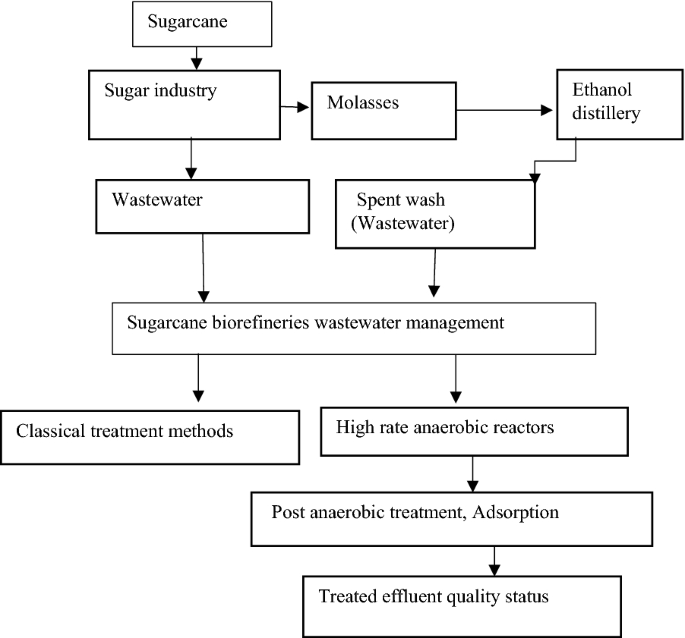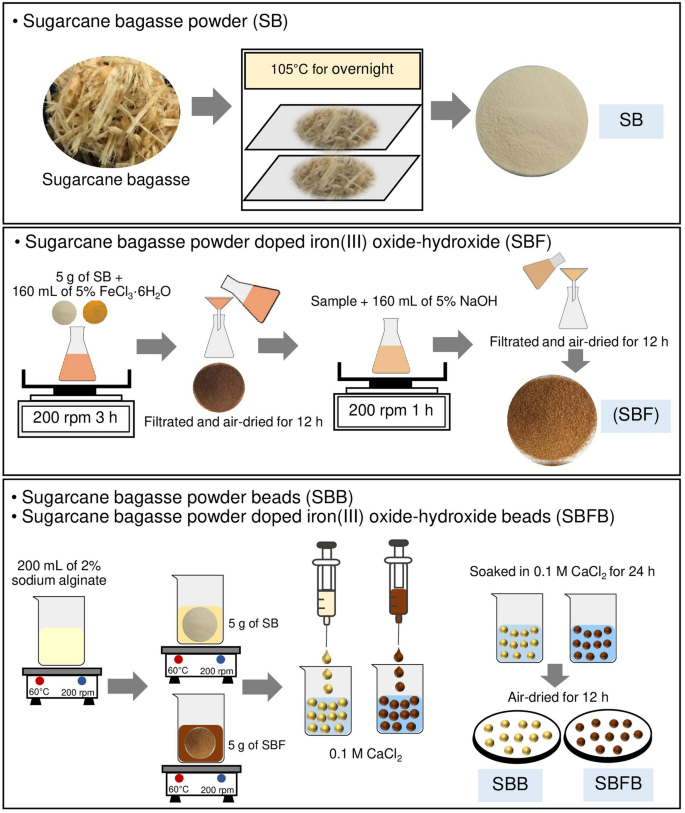A Beginner’s Guide to Using Products From Sugarcane in Daily Life
A Beginner’s Guide to Using Products From Sugarcane in Daily Life
Blog Article
Unlocking the Prospective of Products From Sugarcane: a Comprehensive Guide
The possibility of sugarcane prolongs much past its standard use for sugar production. This overview checks out the diverse applications of sugarcane, from energy and biodegradable products to health and wellness items. By analyzing its trip from area to manufacturing facility, it discloses exactly how lasting methods can change waste right into useful resources. As industries look for environment-friendly remedies, the concern remains: just how can these technologies improve our strategy to farming and production?

The Trip of Sugarcane: From Field to Factory
Sugarcane undergoes a remarkable change as it takes a trip from lavish areas to busy factories. In the fields, the tall, green stalks are gathered, normally by mechanical means or manual work. Once reduced, the sugarcane is promptly delivered to processing facilities to assure optimum quality. At the manufacturing facility, the initial step involves squashing the walking stick to remove the pleasant juice, which consists of sucrose. Products From Sugarcane. This juice is then filteringed system and made clear, removing contaminations. Following this, it goes through dissipation to focus the sugar material, causing condensation. The resulting sugar crystals are separated from the remaining molasses via centrifugation. Ultimately, the sugar is dried and packaged for distribution. Throughout this trip, preserving quality and effectiveness is important, as the approaches utilized directly impact the product's last quality. This change not just highlights the agricultural value of sugarcane yet additionally its substantial duty in the international economic situation
Sugar and Its By-products: More Than Simply Sweetness
The improvement of sugarcane into polished sugar opens the door to a broad range of items and applications that prolong past plain sweetness. Sugar and its derivatives, such as molasses, brown sugar, and glucose, play important roles in numerous sectors, consisting of food, pharmaceuticals, and cosmetics. In the food field, these active ingredients boost flavors, boost texture, and function as preservatives.Molasses, a byproduct of sugar manufacturing, is rich in minerals and vitamins, making it a valuable ingredient in organic food and animal feed. Glucose, a basic sugar stemmed from sugarcane, works as a significant power resource in sports nutrition and is essential in the manufacturing of confectionery. In addition, sugar by-products are utilized in fermentation processes, adding to the manufacture of alcohols and various other microbial items. Generally, the adaptability of sugar and its by-products highlights their relevance past mere sweetness in day-to-day life.
Biofuels: Harnessing Power From Sugarcane

A considerable portion of global biofuel manufacturing currently depends on sugarcane, identified for its high power yield and effectiveness in transforming sunlight right into biomass. This tropical crop functions as a primary source for ethanol, a renewable gas that can change gasoline in vehicles. Sugarcane's capability to create even more ethanol per hectare than various other feedstocks, such as corn, adds to its boosting popularity among biofuel producers.The fermentation procedure of sugarcane juice or molasses creates ethanol, which can be mixed with fossil fuels to reduce greenhouse gas exhausts. Furthermore, by utilizing the recurring bagasse from sugarcane processing, energy can be created through burning, further enhancing the sustainability of biofuel manufacturing. As nations seek to reduce climate modification influences, sugarcane biofuels use a promising option, reinforcing energy safety and promoting farming sustainability while supporting rural economic situations.
Eco-friendly Plastics: The Lasting Alternative
How can industries move to even more lasting techniques in the face of expanding plastic air pollution? One appealing option depends on biodegradable plastics acquired from sugarcane. Unlike typical petroleum-based plastics, these bioplastics offer an environmentally friendly alternative that can considerably reduce ecological effect. Made from renewable energies, sugarcane-based plastics decay more quickly in various conditions, reducing garbage dump accumulation and aquatic debris.The manufacturing of eco-friendly plastics not only addresses waste management difficulties however also aligns with the increasing customer need for sustainable items. Industries taking on these products can enhance their brand name photo while adding to a round economic climate. In addition, the adjustment to biodegradable options encourages technology and financial investment in new innovations, promoting a greener sector landscape.As extra companies recognize the benefits of sugarcane-derived plastics, the potential for widespread fostering increases, leading the way for a more lasting future in product packaging and product style.
Animal Feed and Fertilizers: Using By-products
The results of sugarcane handling hold substantial capacity for both pet nutrition and organic plant foods. These results can be incorporated into animal feed, supplying important nutrients while lowering waste. In addition, they can serve as effective organic fertilizer alternatives, enhancing soil wellness and advertising lasting agricultural practices.
Results in Pet Nutrition
While sugarcane is largely valued for its sucrose web content, its by-products play an essential function in animal nourishment, specifically in the form of animal feed and plant foods. The fibrous deposit referred to as bagasse, produced throughout the extraction of juice, offers as a beneficial resource of roughage for livestock. This high-fiber product improves food digestion and advertises general health in ruminants. In addition, molasses, a byproduct of sugar refining, is rich in energy and can be used to supplement pet diet plans, boosting palatability and nutritional value. Furthermore, vinasse, a fluid by-product from ethanol manufacturing, consists of crucial nutrients and can be used as a feed additive. Overall, sugarcane by-products add substantially to lasting animal nourishment methods.
Organic Plant Food Options
Using sugarcane results expands beyond animal nourishment to include pop over here natural fertilizer choices that benefit farming practices. The coarse deposits, such as bagasse and filter cake, act as reliable organic plant foods, enhancing soil wellness and boosting crop yields. These materials are abundant in nutrients, including nitrogen, phosphorus, and potassium, necessary for plant development. When decomposed, they improve soil structure, water retention, and microbial activity, promoting a sustainable farming environment. In addition, making use of sugarcane results for fertilizing lowers dependence on synthetic plant foods, promoting eco pleasant farming techniques. By recycling these by-products, farmers can add to a round economy while enhancing their efficiency and reducing waste. This method exhibits ingenious approaches in sustainable farming, leveraging sugarcane's complete potential.
Health and wellness and Wellness: Nutritional Advantages of Sugarcane
Various researches highlight the nutritional benefits of sugarcane, making it a valuable addition to a balanced diet. Rich in vital nutrients, sugarcane consists of substantial quantities of carbohydrates, vitamins, and minerals, particularly vitamin Calcium, potassium, and c. These elements contribute to total health and wellness, supporting immune function and bone strength.Moreover, sugarcane is a natural source of anti-oxidants, which help combat oxidative tension and swelling in the body. Its high fiber material help in food digestion, promoting digestive tract health and wellness and preventing constipation. Furthermore, sugarcane juice has been connected to hydration and power replenishment, making it a superb option for athletes or those engaging in difficult activities.Furthermore, the glycemic index of sugarcane is fairly reduced, enabling for an extra gradual release of energy, which might be advantageous for people taking care of blood sugar levels. On the whole, including sugarcane right into one's diet plan can offer a revitalizing and nutritious choice for health-conscious people.
Innovations in Sugarcane Products: Future Trends and Opportunities
What innovations exist in advance for sugarcane items as sectors seek to enhance sustainability and customer charm? The future of sugarcane items is positioned for substantial innovations, driven by the need for green alternatives. Developments in bio-based packaging, originated from sugarcane, are getting traction, using a sustainable alternative to typical plastics. On top of that, the expedition of sugarcane's bioactive substances is likely to result in new health supplements and useful foods, capitalizing on its all-natural benefits.Research right into fermentation procedures may generate novel biofuels, further diversifying sugarcane's energy. Additionally, the growth of genetically customized sugarcane ranges promises increased returns and resistance to bugs, thus sustaining sustainable farming practices. As customers become much more eco conscious, the combination of openness in sourcing and production techniques will certainly likewise play a necessary function in forming the future of sugarcane items. Ultimately, these developments could redefine sugarcane's placement in worldwide markets.
Regularly Asked Concerns
What Are the Environmental Influences of Sugarcane Farming?
The ecological impacts of sugarcane farming consist of deforestation, loss of biodiversity, dirt degradation, and water pollution - Products From Sugarcane. Additionally, too much chemical and plant food use can hurt ecological Our site communities, while monoculture methods might cause reduced durability versus environment adjustment

Exactly How Is Sugarcane Processed Into Different Products?
Sugarcane processing includes harvesting, squashing, and removing juice, which is after that made clear and concentrated. The resulting syrup can be fermented for ethanol or taken shape for sugar, while fibers are used for bioenergy and other items.

Exist Any Kind Of Wellness Threats Related To Sugarcane Intake?
The concern of health and wellness risks connected with sugarcane usage highlights issues such as excessive sugar consumption, possible allergic reactions, and intestinal issues. Moderation is vital to reduce these risks while appreciating its dietary benefits.
What Are the Economic Benefits of Sugarcane Cultivation?
The financial advantages of sugarcane cultivation consist of task creation, raised farming productivity, and payments to local hop over to here economies. In addition, it supports renewable resource manufacturing and uses various byproducts that can improve profitability within varied markets.
How Does Sugarcane Compare to Other Renewable Resources?
Sugarcane, as a renewable energy, demonstrates greater efficiency in biomass manufacturing contrasted to numerous choices. Its versatility enables for numerous results, contributing significantly to lasting techniques, economic growth, and decreasing dependence on fossil gas. Sugar, a straightforward sugar obtained from sugarcane, offers as a considerable power source in sports nourishment and is important in the production of confectionery. Sugarcane's capacity to generate even more ethanol per hectare than various other feedstocks, such as corn, adds to its boosting appeal amongst biofuel producers.The fermentation procedure of sugarcane juice or molasses generates ethanol, which can be combined with fossil fuels to decrease greenhouse gas discharges. Furthermore, sugarcane juice has actually been connected to hydration and power replenishment, making it an excellent selection for athletes or those involving in exhausting activities.Furthermore, the glycemic index of sugarcane is relatively low, allowing for an extra gradual launch of energy, which may be advantageous for individuals taking care of blood sugar degrees. In addition, the exploration of sugarcane's bioactive compounds is likely to lead to new wellness supplements and useful foods, exploiting on its all-natural benefits.Research right into fermentation procedures may yield novel biofuels, better expanding sugarcane's utility. The inquiry of health and wellness risks connected with sugarcane usage highlights concerns such as too much sugar consumption, prospective allergies, and gastrointestinal concerns.
Report this page